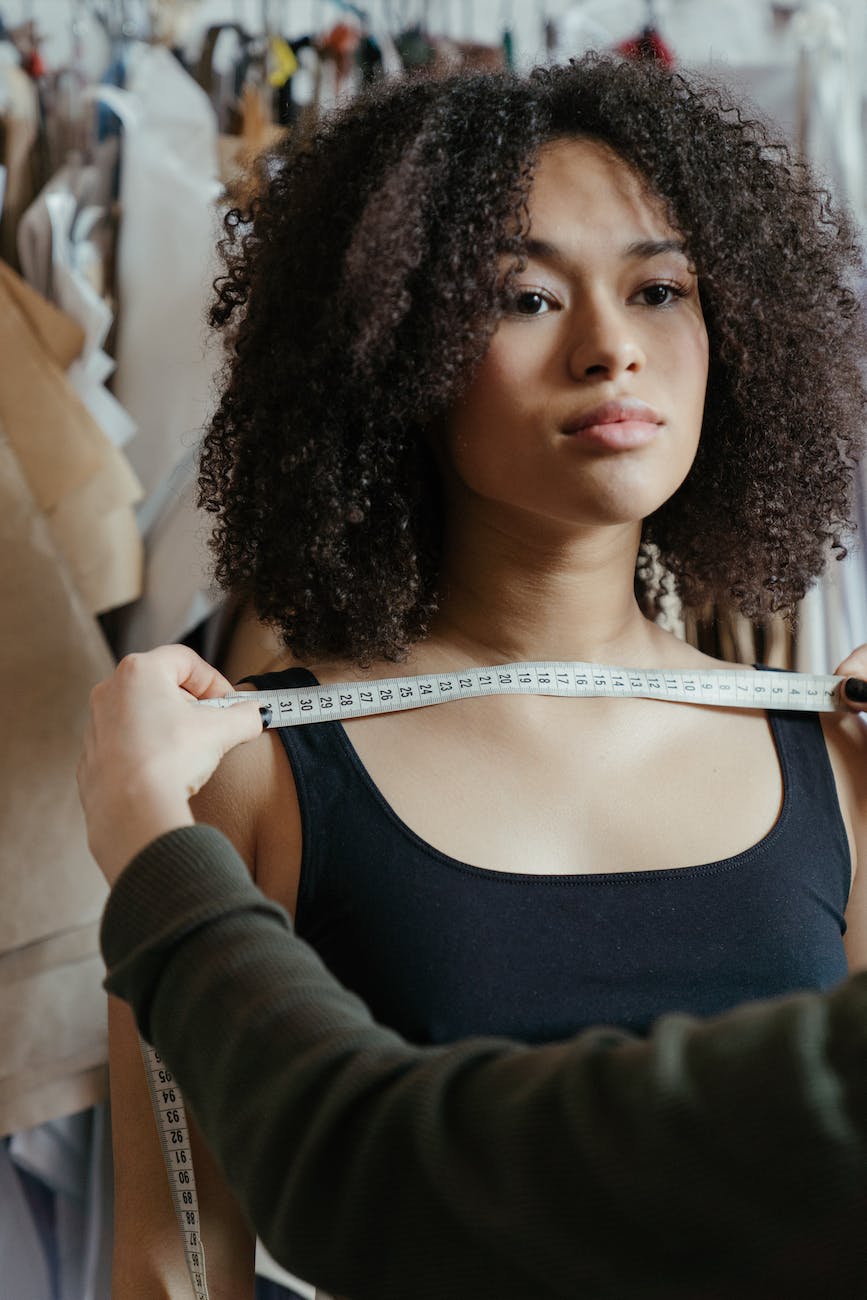sewing tips for perfect fit: adjusting patterns to your measurements
Customizing Patterns for a Perfect Fit
When you sew a garment from a pattern, it’s important to make sure that it fits you well. This can be tricky, especially if you have a body that doesn’t conform to the standard “ideal” body type.
The good news is that there are a few things you can do to customize patterns to get a perfect fit. First, you need to assess your body’s measurements. This will help you determine which size pattern to start with. Once you have the right size pattern, you can start making adjustments.
Some common adjustments include:
- Grading between sizes: This means increasing or decreasing the pattern by a certain amount in certain areas. For example, you might need to grade between sizes in the bust and waist, but stay with the same size in the hips.
- Adding length: This is especially important if you are tall or short. You can add length to the pattern by adding a few inches to the hem or the bodice.
- Contouring the shape: This means making changes to the pattern to fit your body’s unique shape. For example, you might need to add fullness to the bust or take in the waist.
Once you have made the necessary adjustments, you can sew the garment. Be sure to check the fit as you go along, and make any necessary adjustments.
With a little bit of effort, you can customize patterns to get a perfect fit. This will ensure that your homemade garments look and feel great on you.
Here are some additional tips for customizing patterns:
- Use a fitting muslin to test out your adjustments before you cut into your fabric.
- Be patient and take your time. Customizing patterns can be a bit of a trial and error process, but it’s worth it in the end.
- Have fun with it! Customizing patterns is a great way to create garments that are truly unique to you.
Evaluating Fit Before Sewing
- Carefully measure yourself and compare to pattern sizing charts
- Assess where ease is needed and adjust pattern sizes accordingly
- Focus on achieving accurate shoulder, bust, waist, and hip shaping
- Mark pattern pieces clearly with style and view numbers to avoid mixups
- Cut a test version from muslin and pin-fit to check sizing
- Have a sewing friend help evaluate the test garment fit critically on your figure
Common Pattern Alterations
Lengthen/shorten – Cut pattern on lengthwise grain and add or remove width evenly for minimum distortion.
Contour waist – Take in only at side seams or use curved waistline rather than straight cut for shaping.
Resize shoulders – Adjust width and slope by blending two sizes at shoulder, keeping armscye smooth.
Narrow/broaden – Blend two sizes by cutting/spreading pattern straight down from armhole or side seams.
Modify neckline – Raise, lower, or change shape by truing seamlines. Be cautious near shoulder.
Adjust sleeves – Blend two sizes and reshape cap curves for good arm movement.
Modify closures – Adjust overlap, extend zipper opening, reposition buttons and buttonholes.
Tips for Achieving Great Fit
- Mark adjustments directly on pattern pieces for reference. Transfer changes accurately to fabric.
- Double check lengthwise versus crosswise grainlines when spreading or adding pattern width.
- Preserve armhole curves by drawing in new contoured line versus extending straight out.
- For couture quality, make a second test garment from fashion fabric before cutting final version.
- Consider custom tailoring services for extremely precise fit. A costly but skilled option.
- Keep notes detailing adjustments needed; refer to them for future garments using same pattern.
Sure, here is the conclusion paragraph rewritten with a more human tone as the conclusion paragraph to an article:
Conclusion
Customizing patterns can be a bit of a challenge, but it’s worth it in the end. By taking the time to analyze your body’s measurements, make careful adjustments to the pattern, and press your garments properly, you can create tailored perfection that will flatter your unique shape.
So don’t be afraid to experiment and have fun with customizing patterns. The results will be worth it!
Here are some additional tips to keep in mind:
- Be patient. Customizing patterns can be a bit of a trial and error process, so don’t get discouraged if you don’t get it perfect the first time.
- Have fun! Customizing patterns is a great way to create garments that are truly unique to you.
- Be proud of your work. When you create a garment that fits you perfectly and looks great, you’ll be proud of your hard work.
